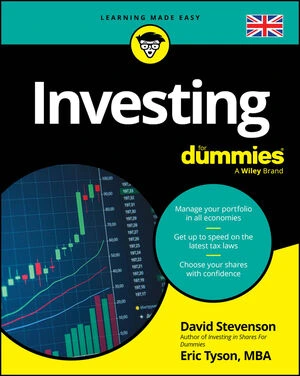One technique used in long-term forecasts in fundamental analysis is the moving average. With this analysis, investors attempt to smooth out unusual bumps in a company's results. A moving average serves the same role as your seatbelt when your airplane hits turbulence.
Using this analysis, you can see that the company's compound average annual growth rate is now really starting to slow down. Oracle's compound average growth rate based on five moving-average periods is 8.8 percent. That might be a reasonable basis with which to make a forward-looking growth forecast.
Moving averages may be applied to annual results or to quarterly results, based on how volatile the company's profits are.
To conduct a moving-average analysis, you first must choose how many years you want to incorporate. A common time period would be three years. You add up the company's results over three-year chunks and then divide by the number of years, or 3. The table shows you what a three-year moving-average analysis on Oracle's operating income would look like.| Fiscal year ended | Three-year operating-income moving average at the end of . . . (in $ millions) |
| 2011 | $10,383 |
| 2012 | $12,217 |
| 2013 | $13,739 |
| 2014 | $14,491 |
| 2015 | $14,568 |






